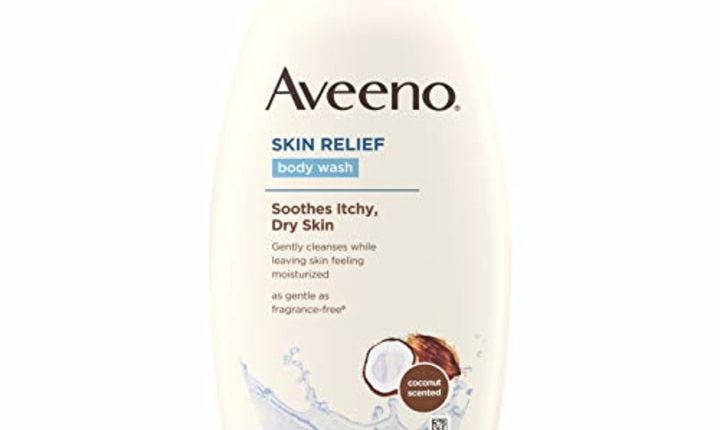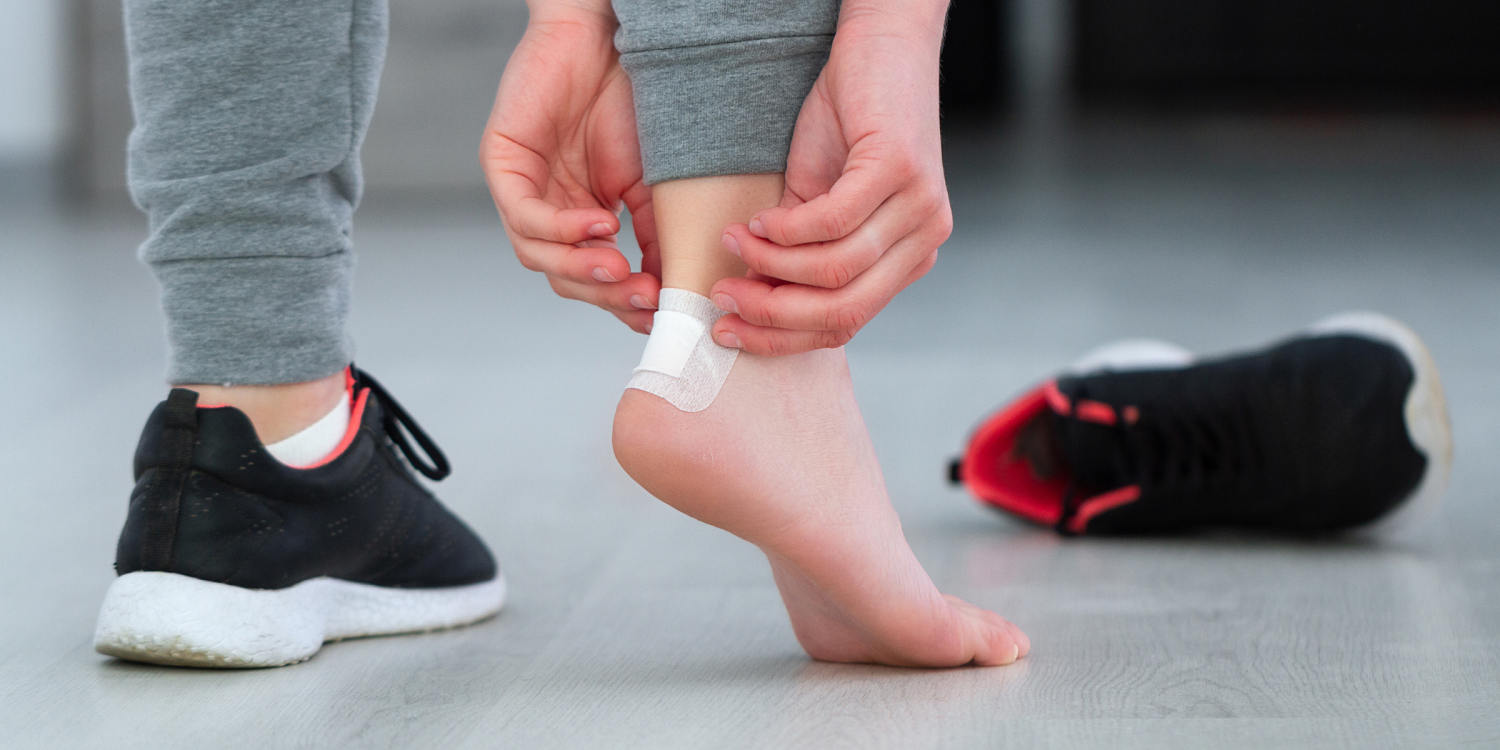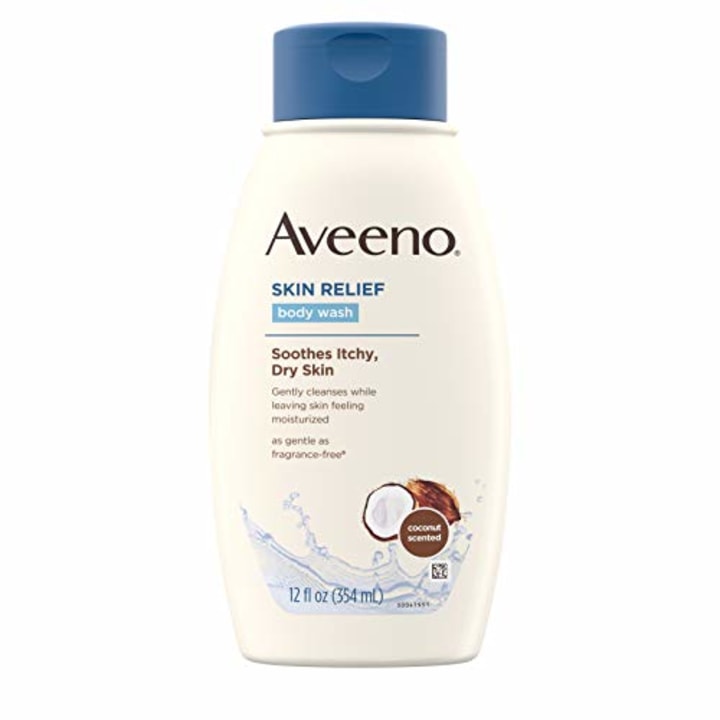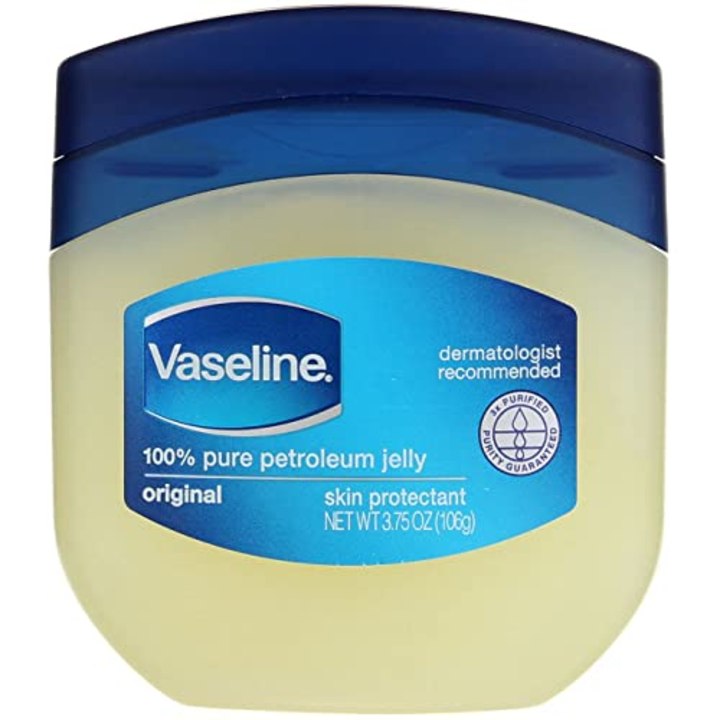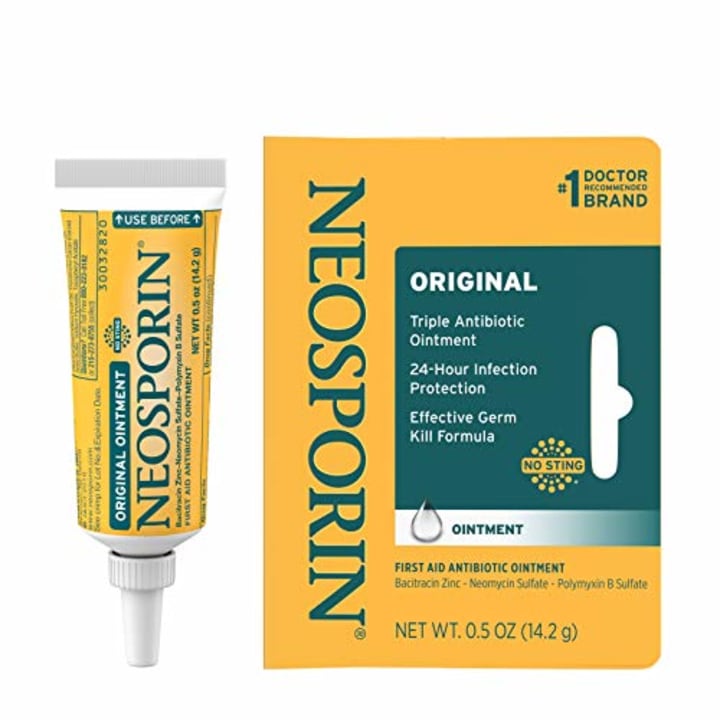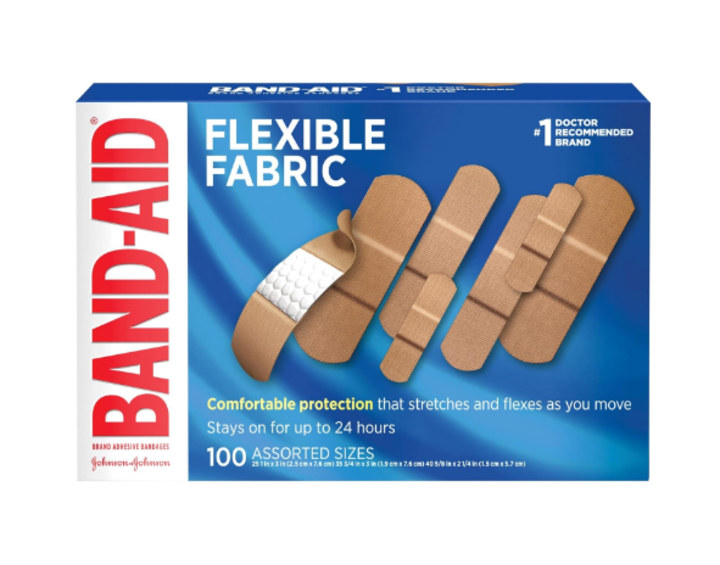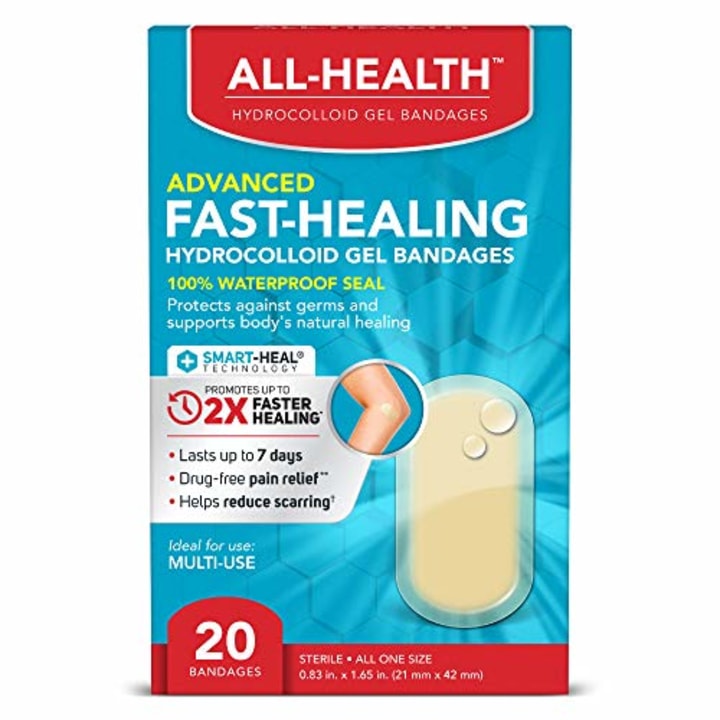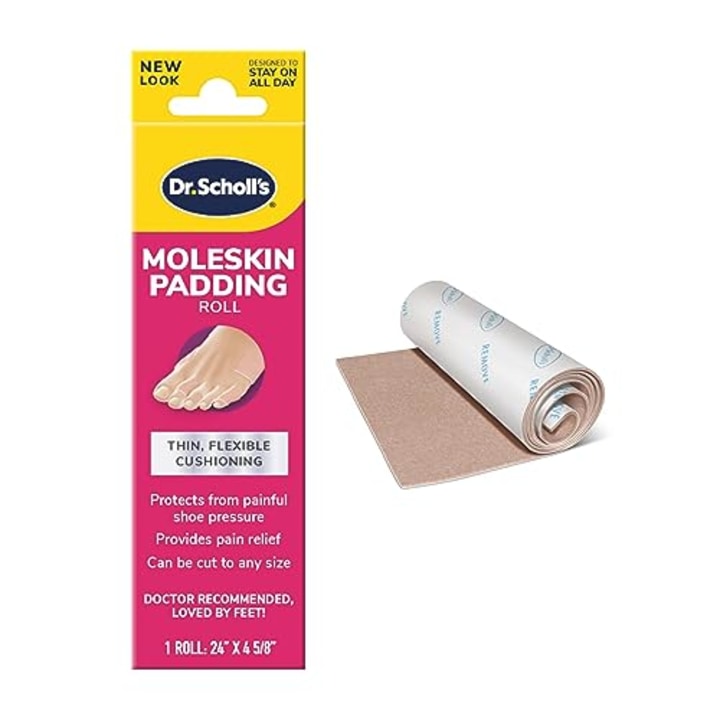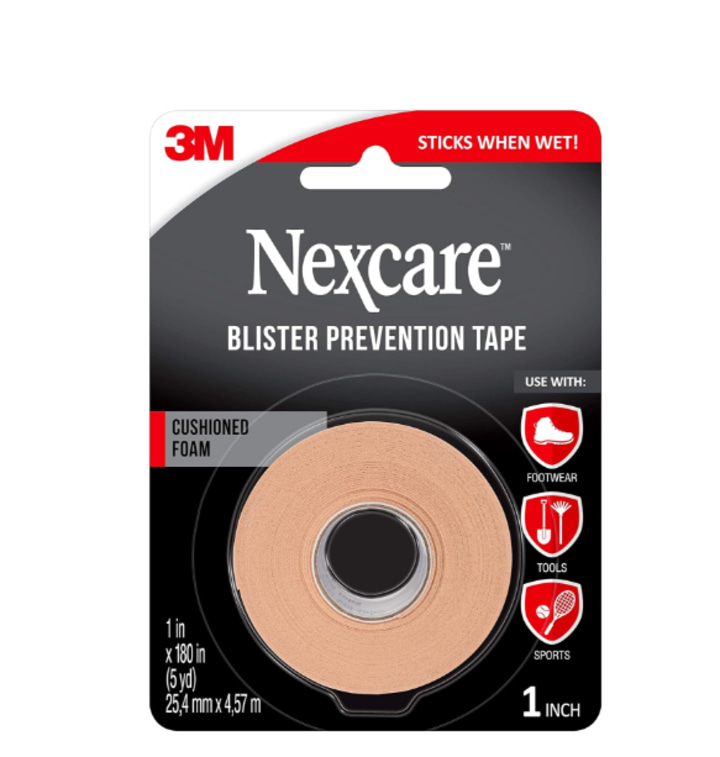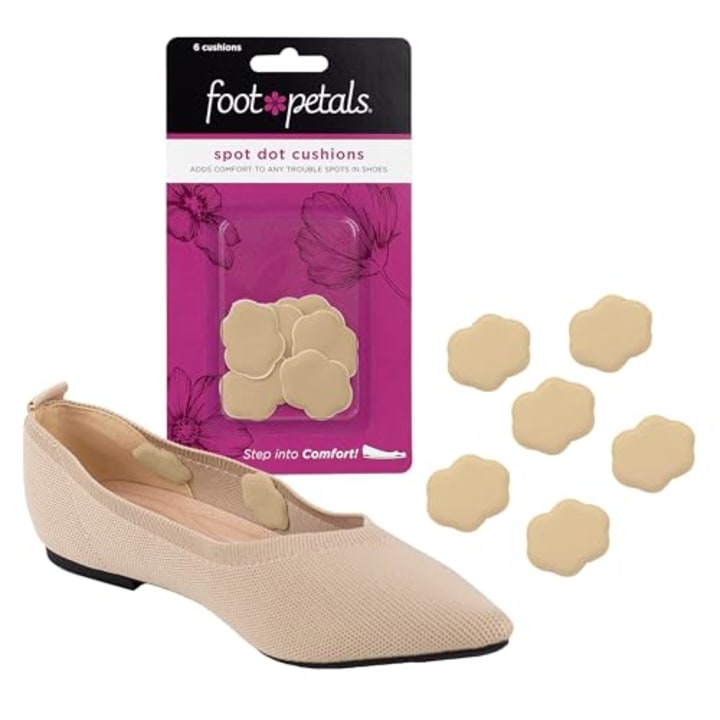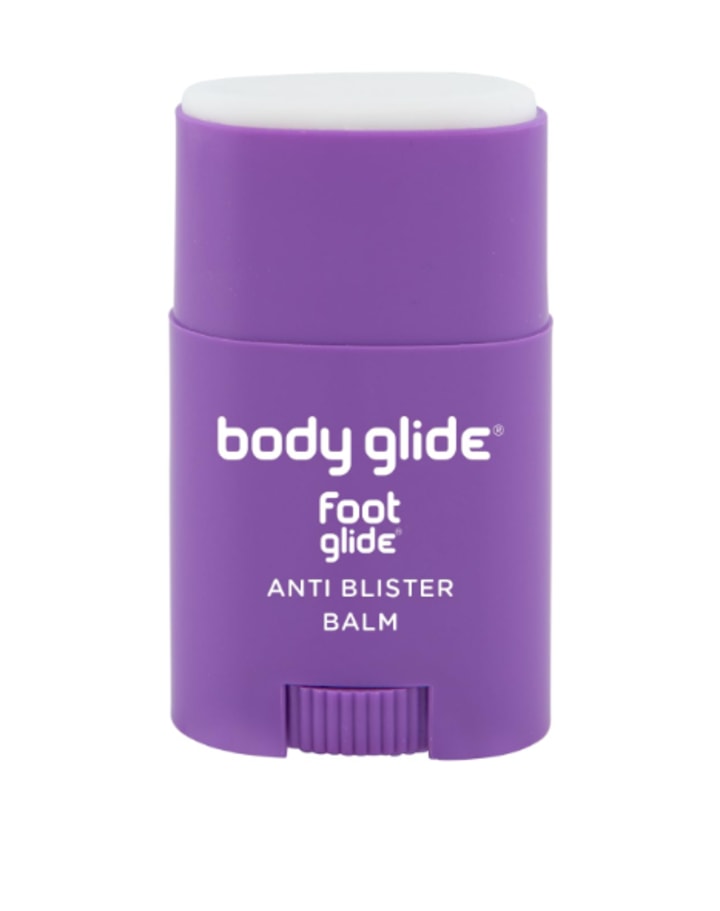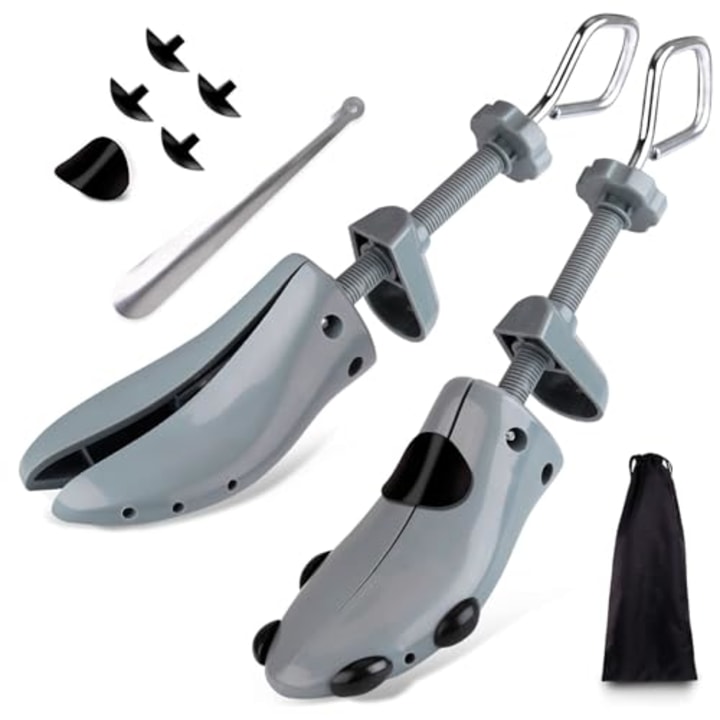Everything about blisters is inconvenient. They’re unsightly, often painful and can prevent you from wearing your favorite pair of shoes or comfortably holding a dumbbell. But resist the temptation to pop or pick — proper care prevents infection and speeds up recovery. We spoke to dermatologists and podiatrists about how to treat blisters and prevent them in the first place. Using their expert guidance, we rounded up over-the-counter products to help you do both from brands like Neosporin, Band-Aid, Vaseline and more.
SKIP AHEAD How to treat blisters | The best blister treatments | How to prevent blisters | The best products to prevent blisters
How to treat blisters
First things first — if you have a blister, stop doing whatever initially caused it, says Dr. Stephanie Saxton-Daniels, a board-certified dermatologist at Westlake Dermatology in Dallas, Texas. That may mean not wearing a certain pair of shoes or taking a break from lifting weights. If you continue applying friction to the affected area, the blister will likely get worse or even pop, which is painful and can lead to an infection.
There are three main steps you should follow to treat a blister. Each one requires different over-the-counter products.
- Gently wash the affected area: Use warm water and a mild, fragrance-free soap, and then pat dry. Don’t press or rub too hard while washing the affected area, and clean your hands before you begin.
- Apply a topical antibacterial or occlusive ointment: Regardless of what over-the-counter product you use, choose something made without irritants like fragrances, artificial scents or alcohols, experts told us. Antibacterial ointments contain ingredients that the skin absorbs to slow down or stop bacteria growth, thus preventing infections. Occlusive ointments create a physical barrier on top of skin, keeping it moist and hydrated.
- Cover the blister with a bandage: Place a fabric or hydrocolloid bandage over the blister to reduce discomfort, swelling and irritation, says Saxton-Daniels. Try to buy a box that comes with at least 14 bandages since blisters can take a week or two to heal, and you’ll need to change the bandage at least once a day, says Dr. Maryann Hartzell, the medical director of the Foot and Ankle Institute at Temple University’s School of Podiatric Medicine.
The best blister treatments
Aveeno Skin Relief Fragrance-Free Body Wash
Aveeno makes some of our favorite body washes for sensitive skin, and this one is ideal for cleansing the area around your blister since it’s fragrance-free and dye-free. It’s formulated with moisturizing ingredients like oat flour, extract and oil. The liquid body wash turns into a rich, creamy lather as you use it.
Vaseline Original Healing Jelly
Applying an occlusive ointment to blisters can help reduce friction when the area rubs up against clothing or shoes, says Dr. Mary Stevenson, a dermatologic surgeon and an associate professor of dermatology at NYU Langone Health. Vaseline, which is made from 100% petroleum jelly, is one option that’s beloved by many NBC Select staffers. You can use it on blisters, sunburns, dry skin and chapped lips, so it’s worth keeping a jar at home. Vaseline earned the National Eczema Association’s Seal of Acceptance, and it’s fragrance-free, hypoallergenic and won’t clog pores, according to the brand.
Neosporin Original Antibiotic Ointment
While you should not purposely pop a blister, they can pop on their own. In these cases, applying an antibiotic ointment is important to prevent bacteria from getting inside the open wound, experts told us. Neosporin is a topical antibiotic ointment many NBC Select staffers have used for years, and it’s made with bacitracin zinc, neomycin sulfate and polymyxin B, ingredients that help prevent skin infections, according to the brand. You can apply a small amount to your blister up to three times a day until the wound closes.
Band-Aid Flexible Fabric Bandages
You don’t have to cover a closed blister, but doing so often makes people more comfortable, especially if they have a blister somewhere that experiences consistent friction, like the feet when they’re in shoes, says Saxton-Daniels. Covering a popped blister, however, is a must — doing so prevents dirt and germs from getting inside the open wound. Bandages like these have adhesive on both sides to stick to skin and a piece of gauze in the middle to cushion and protect the blister. Band-Aids are flexible so they move with you and stay on for up to 24 hours, according to the brand. This pack comes with Band-Aids in different sizes so you can choose the one that best fits your blister. Many NBC Select staffers keep Band-Aids in their at-home first aid kits since they frequently come in handy.
All Health Advanced Fast Healing Hydrocolloid Gel Bandages
Stevenson recommends using bandages made from hydrocolloid, an occlusive dressing, to cover blisters. Hydrocolloid bandages are made with an ingredient that turns into a gel when it absorbs fluids, creating a moist environment that encourages healing, according to the brand. The bandages also form a seal around the affected area you’re covering, keeping dirt, germs and water out. Since these bandages are soft, they won’t stick to or pull on your blister. They stay on for up to seven days, but our experts recommend replacing your bandage daily. For best results, the brand recommends applying the bandages, which have a 4.5-star average rating from 23,424 reviews on Amazon, on totally dry skin. So if you use an ointment beforehand, wait a bit before placing the hydrocolloid bandage on top.
How to prevent blisters
Preventing most blisters involves eliminating friction between a surface, like the heel of your sneaker or the handle of a gardening tool, and your skin. You can do so by padding an area on your body with a bandage or lubricating the skin with something like an anti-chafing stick.
Wearing protective clothing like socks and gloves can also prevent blisters, says Saxton-Daniels. And as far as the feet are concerned, avoid walking barefoot on hot surfaces, like pavement in the warmer months, and be sure to wear properly fitting shoes at all times, says Dr. Jacob Wynes, a podiatric surgeon and an associate professor of foot and ankle surgery for the University of Maryland Medical System. Shoes shouldn’t feel so tight that they’re restrictive, or like your feet are sliding around in them, he says.
The best products to prevent blisters
Dr. Scholl’s Moleskin Padding Roll
Moleskin is a woven cotton fabric, and Saxton-Daniels recommends using bandages made from the material to pad areas that may experience frequent friction, like certain parts of the feet depending on what shoes you’re wearing. The bandage prevents the skin from making direct contact with whatever is rubbing up against it, reducing potential irritation and discomfort, she says. Dr. Scholl’s moleskin padding comes in a roll, allowing you to customize the size of each piece you cut, and it has a skin-safe adhesive on the back. The bandage, which has a 4.6-star average rating from 10,932 reviews on Amazon, is thin enough that it won’t impact how your shoes fit, according to the brand.
Nexcare Blister Prevention Tape
Nexcare’s Blister Prevention Tape is made from flexible, cushioned foam that has water-resistant, skin-safe adhesive on the back, helping it stay on your body even while you’re sweating, according to the brand. The tape, which is one inch wide, comes in a roll so you can customize the size of each piece you cut or wrap it around your hands, fingers, feet or ankles. It has a 4.6-star average rating from 20,543 reviews on Amazon.
Foot Petals Spot Dot Cushion
I always keep these little cushions at home because they’re quick fixes for shoes that are irritating my feet. I place them inside my shoes in areas that are rubbing against my skin and could lead to a blister if I wasn’t proactive. The cushions are about one-inch by one-inch large and have an adhesive back, helping them stick to the interior of shoes. They don’t start to lose their stickiness over time, in my experience — I put a few cushions in a pair of winter boots and they’ve stayed put for over two years. I also frequently cut the cushions in half so they fit smaller areas in my shoes, like a thick strap on a sandal.
Body Glide Foot Glide
Before wearing shoes without socks, like sandals, slides or flip flops, you can apply this clear balm to your feet to prevent straps and buckles from rubbing on your skin. It’s made from plant wax, which is water-resistant, sweat-resistant and fragrance-free, plus it doesn’t have a greasy or oily feel. It has a 4.5-star average rating from 12,819 reviews on Amazon.
Topsome Shoe Stretcher
In addition to wearing socks when it makes sense, it’s important that your shoes fit well and are broken-in before wearing them for extended periods of time, says Hartzell. If you try shoes on and are worried that they’re a bit too tight, consider stretching them out with a shoe stretcher like this one. You can use it to make shoes wider and longer, as well as add space above the top of the foot. The shoe stretcher, which has a 4.5-star average rating from 5,142 reviews on Amazon, comes with eight bunion plugs, allowing you to stretch whatever specific area your bunion rubs up against.
Meet our experts
At NBC Select, we work with experts who have specialized knowledge and authority based on relevant training and/or experience. We also take steps to ensure that all expert advice and recommendations are made independently and with no undisclosed financial conflicts of interest.
- Dr. Stephanie Saxton-Daniels is a board-certified dermatologist at Westlake Dermatology in Dallas, Texas.
- Dr. Mary Stevenson is a dermatologic surgeon and an associate professor of dermatology at NYU Langone Health.
- Dr. Maryann Hartzell is the medical director of the Foot and Ankle Institute at Temple University’s School of Podiatric Medicine.
- Dr. Jacob Wynes is a podiatric surgeon and an associate professor of foot and ankle surgery for the University of Maryland Medical System.
Why trust NBC Select?
Zoe Malin is an associate updates editor at NBC Select who writes about skin care, including stories on how to treat ingrown hairs, sunburns and razor burn. For this article, she interviewed three experts about how to treat blisters and rounded up the best products to do so with their guidance in mind.
Catch up on NBC Select’s in-depth coverage of personal finance, tech and tools, wellness and more, and follow us on Facebook, Instagram, Twitter and TikTok to stay up to date.
Source: | This article originally belongs to Nbcnews.com
